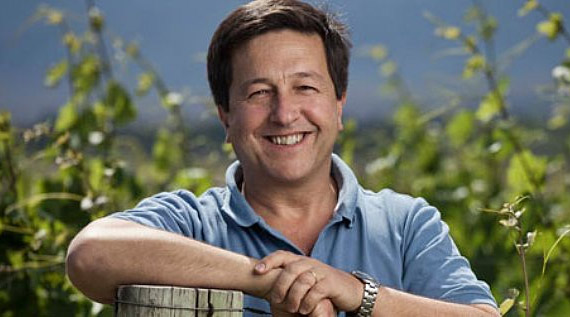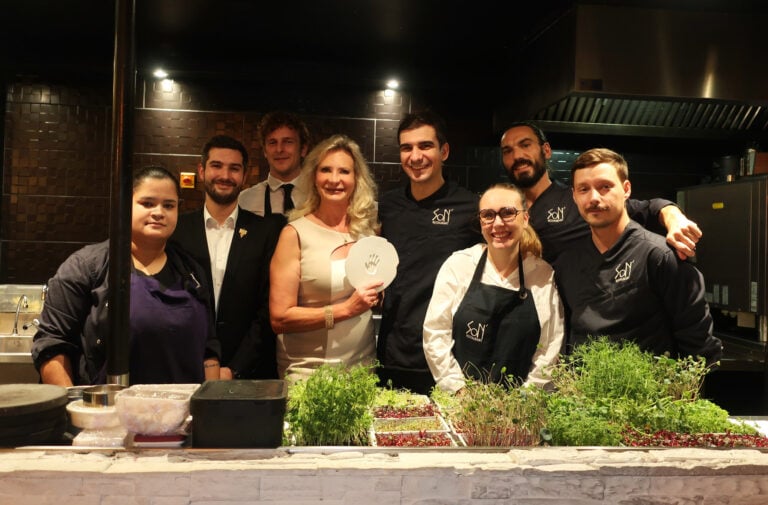Argentine Wine Finding a Sense of Place
Does Robust Red Wine From Argentina Age Well?
Santiago Achaval knows personality when he tastes it – especially when those same characteristics are repeated year after year in bottles of his Argentine Achaval-Ferrer wine. A good wine has a “sense of place,” or terroir, meaning astute tasters can often determine a wine’s growing region (and sometimes even year) just by the taste. Grapes offer the uncanny ability to take on the characteristics of their geology, geography and climate, and express those same characteristics year after year when tasted. It’s part of what makes winemaking such a personal experience for growers like Achaval.

Even within a single region, grapes from one vineyard can taste vastly different than those from neighboring vines, making one wine better for mixing and the other worth bottling on its own. And while today, technology, science, geology and mathematics play an outsized role in helping to determine a wine’s viability, eventually every bottle of wine comes down to a winemaker’s gut decision. That doesn’t come easy for Achaval, a trained accountant with an MBA from Stanford who carries the nickname “Spreadsheet Achaval.” Hunches are not something the man is comfortable with.
It’s been admittedly difficult for the logically-minded man to rely on his nerves all these years, but those hunches keep paying off. Through his Achaval-Ferrer winery, he’s helped to re-envision Argentina’s winemaking methods, making him one of the most respected producers in the country. In particular, Achaval’s interpretation of Argentina’s unique terroir has helped make him a well-known name. Whereas most vineyards yield four bottles of wine per plant, Achaval-Ferrer concentrates the grapes from three plants into one bottle, creating a low-yield wine that makes the region’s distinct characteristics more identifiable. It’s that complex mix of passion and erudition that Achaval still struggles with, albeit very successfully.

So with all that terroir being stuffed into each bottle, have Argentine wines finally reached the point where their personalities are identifiable? New world wines are known for being fruit-forward, and possessing a ripe freshness that can be smelled the moment a bottle is opened, and the Achaval-Ferrer wines certainly possess this quality, especially in their more recent wines such as the 2012 Finca Altamira, which boasts aromas of blackberry and plum and big dark-fruit and espresso flavors on the palate. But how is this different from many of the bold California wines that are produced by the thousands each year? The answer may lie a few years down the line.

It’s generally rare to bottle age bright, fruit-forward Malbecs or bold California Zins, making Achaval yet again a somewhat hesitant wine whisperer. His Achaval-Ferrer 2006 Finca Altamira, aged for eight years, emerges from under the cork with a much subtler personality, showing just how well Argentine wines can perform with a few years in the cellar. The acidity that was initially hidden by the youthful, fruit-forward flavors is finally allowed to shine through, giving the wine a profile as unique as the area in which it was grown.
While not all Argentine bottles may be ready for years of aging, it may well be time to start considering the possibility that at least a few actually improve as they get older. It’s something Achaval has been thinking long and hard about – but he’s not quite sure yet.

Learn more about Achaval-Ferrer wine at the official website
Related Content: Top Rated Malbecs Argentina Travel Guide Wine of Argentina official website





